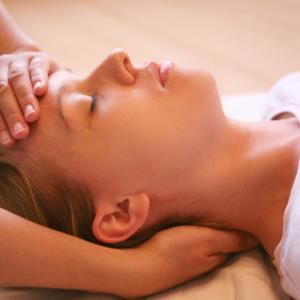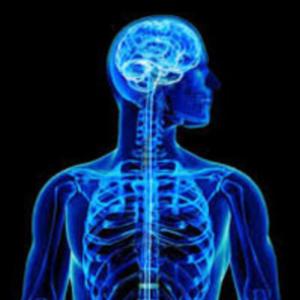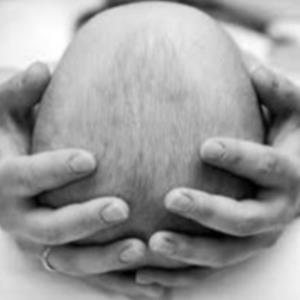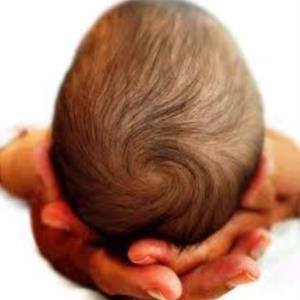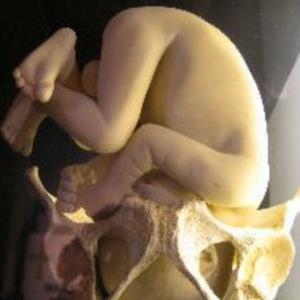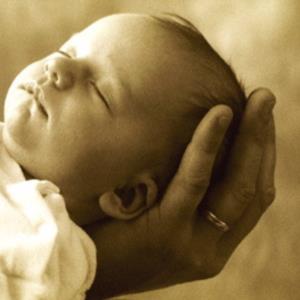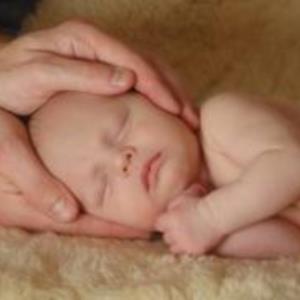Birth Trauma Patterns
Part 4
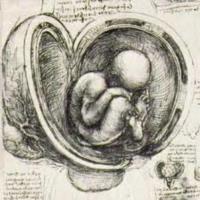
The main effects of Birth Trauma relate to extreme physical compression and rotation and to shock, which can deeply affect the nervous system. Just as post-traumatic stress can take months or even years to recover from, so babies suffering from the shock of birth can remain in a state of being over-reactive, easily stressed, with an over-stimulated nervous system.
This can lead to physical symptoms, such as colic, which causes more stress and discomfort. Shock results in a state of agitation and restlessness, with tension through the plexi (nerve centres) and the diaphragm. It may lead to sleep issues and nightmares, frequent screaming and crying, difficulty in settling and hyperactivity. The baby may be anxious, requiring constant comfort and making them difficult to put down.
There are several areas of typical clinical focus related to the physical forces of birth trauma:
- Axial Compression (longitudinal, or top to bottom) from forces through the cranium resulting from the strong contractions of the uterus pushing the baby’s head into the neck of the womb. Often combined with rotation patterns. These are very common and can disturb the correct alignment of the cranial and facial bones.
- Compression and restriction at the base of the cranium and top of the neck which endure a great deal of stress as they are forced into backward bending as the baby descends through the birth canal. This can also extend into the tissues of the shoulder girdle and upper spine. This is an extremely common pattern due to the force of this phase of delivery, particularly in babies who remained in this stage for some time. Due to various nerves in this area, digestion, cases of colic and digestive disturbance in infants frequently require treatment to release restriction from the top of the neck. Many children with asthma have a restriction pattern around the 3rd or 4th thoracic vertebrae that can relate to this pattern. Torticollis can also be contributed to by compression of the spinal accessory nerve in this area, and can responds very well to treatment releasing restrictions in the neck.
- Compression and distortion through the bones of the cranial base. The cranial base is particularly vulnerable to lasting effects of birth trauma, as many of the infant’s bones are still in 'sections' and as yet unfused. Addressing any imbalances here is extremely important to ensure the various bones of the cranium and the cranium itself grows into the correct shape. Imbalances here will impact alignment and healthy function in the neck, spine and pelvis throughout life.
- Torsion and rotation patterns through the cranium, torso and pelvis, as the baby’s body rotates through the birth canal to exit.
- Tightness and restriction or hyper-stimulation at the nervous system plexi, in particular around the cardiac plexus and the solar plexus, in response to shock. This is extremely common due to the forceful nature of birth, but generally responds very well to cranial work. Many babies with symptoms of colic require treatment around the solar plexus, as birth shock can over-stimulate this area, causing digestive disruption and consequent discomfort.
- Caesarean sections tend to result in different patterns of birth trauma. Whilst the body is not subject to the stimulating and compressive forces of vaginal delivery, there tends to be strong residual shock in the nervous system due to the suddenness with which they leave the protected and peaceful uterine environment. Shock can have consequences such as making the baby lethargic and sleepy, or alternatively, restless and hyperactive and extremely difficult to settle. They may be very jumpy and nervous, reacting strongly to loud noises or being hard to put down, or may cry inconsolably, requiring constant reassurance.
- C-Section babies also commonly have generalised tightness of the cranial membranes. This is due to the rapid pressure change as they are delivered. Once the amniotic sac is ruptured, the gentle pressure and support that it has provided for the baby's system suddenly disperses as they experience the open air for the first time. The membranes of the cranium often present with a 'snap-back' pattern, as they contract in response to this rapid pressure differential. There can be a 'pull' pattern through the connective tissue of the limb from which the baby has been pulled out of the mother’s stomach, or a compression and rotation pattern through the cranium when forceps have been used to extract the baby.
- C-section babies can present later in life with issues such as ear infections and congestion in the sinuses and naso-pharynx. Another side-effect can be a tendency to snoring, as tightness in the cranial membranes can impede drainage pathways in the head.
- Forceps can leave an intense compression pattern in the cranial bones, and leave them displaced from their correct position. There is often a torsion (twisting) pattern which can be felt in the delicate cranial membranes. These patterns have consequences for the development of the delicate brain tissue and nervous system that the bones and membranes enclose and protect. Aside from bruising and tissue trauma at the site of application, forceps deliveries can lead to severe headaches and migraines and torsion patterns through the body.
- Ventouse deliveries – The normal infant skull is unfused at birth. This leaves the delicate structures of the brain unshielded from external forces. The suction force of ventouse can have a dramatic effect on the physiology of the brain and connective tissue in the cranium, as important physiological functions occur around the area where ventouse is typically applied. This is usually at the vertex, the top of the head, which is also the only place in the cranium or anywhere else in the body that metabolic toxins from the brain drain from the cerebro-spinal fluid back into the venous blood. It is thus vitally important to the 'cleaning' of the brain and nervous system. Ventouse procedures frequently cause major bruising around this area that damages the delicate vessels which filter the CS fluid, with direct consequences for healthy brain function. The pulling force of Ventouse can leave a large 'lump' on the baby’s head, where the mechanism attached. Whilst this lump may visually recede, the internal effects of restriction and tightness and their influence the boney alignment in the cranium and neck, can remain.


